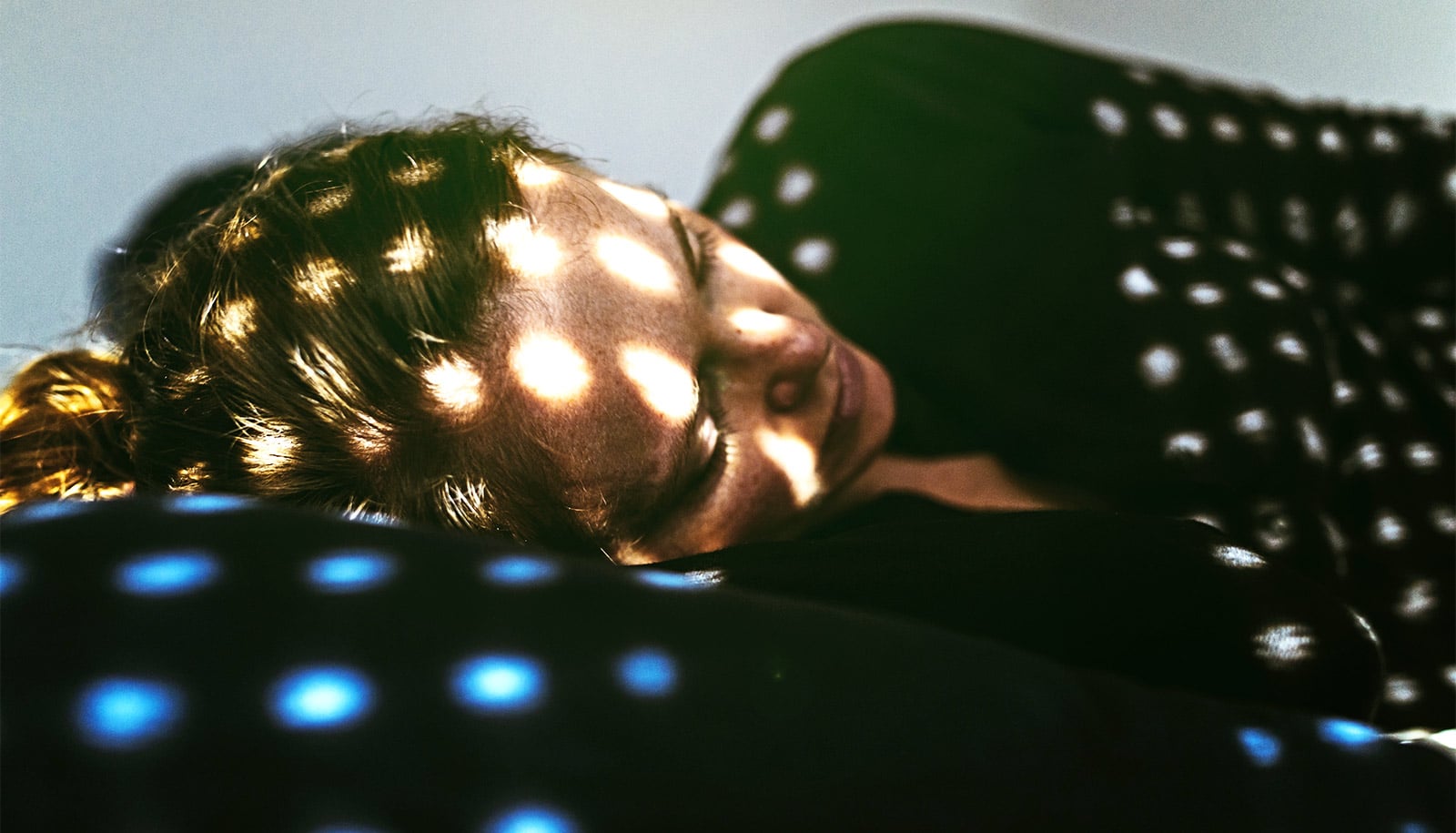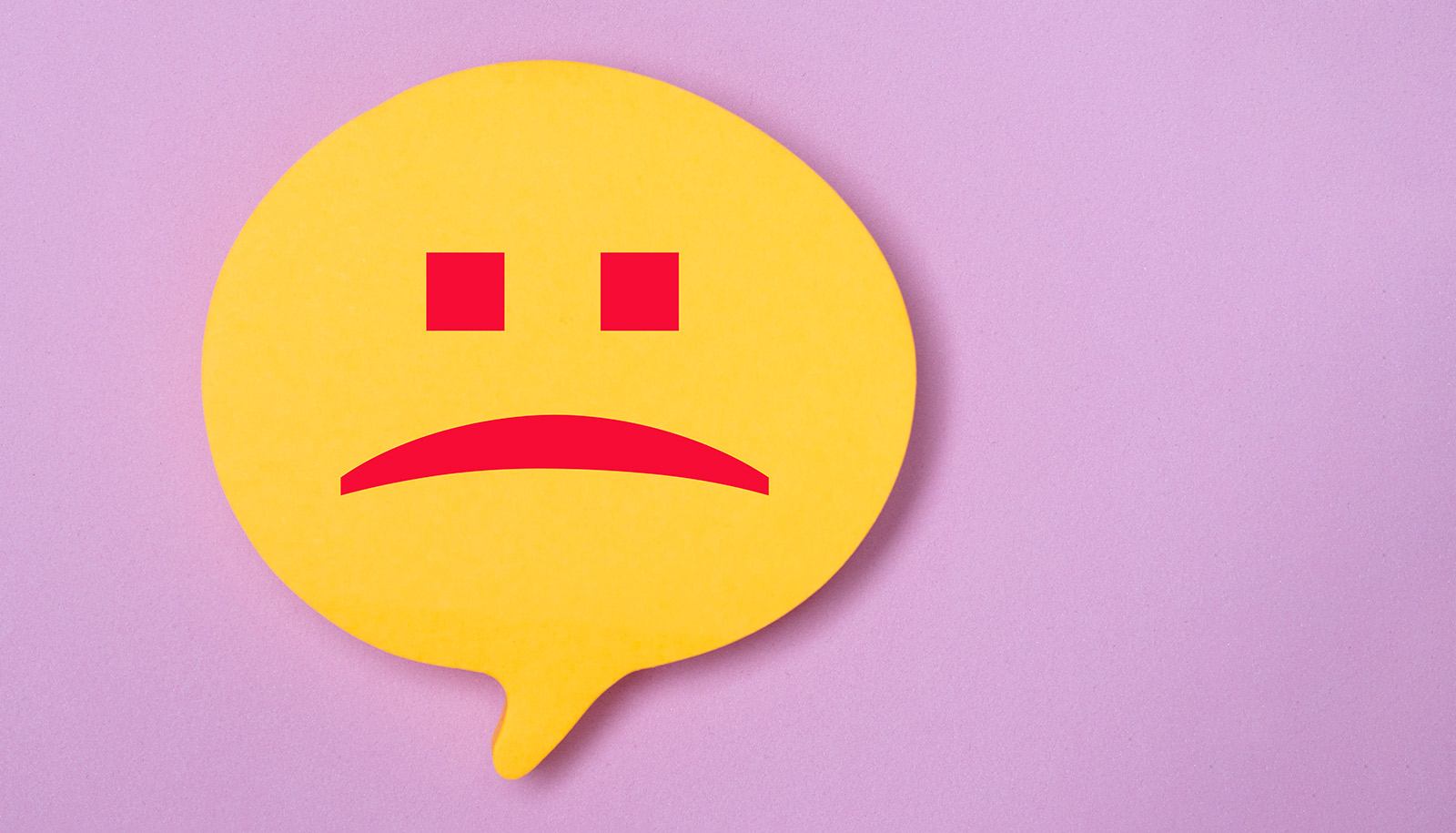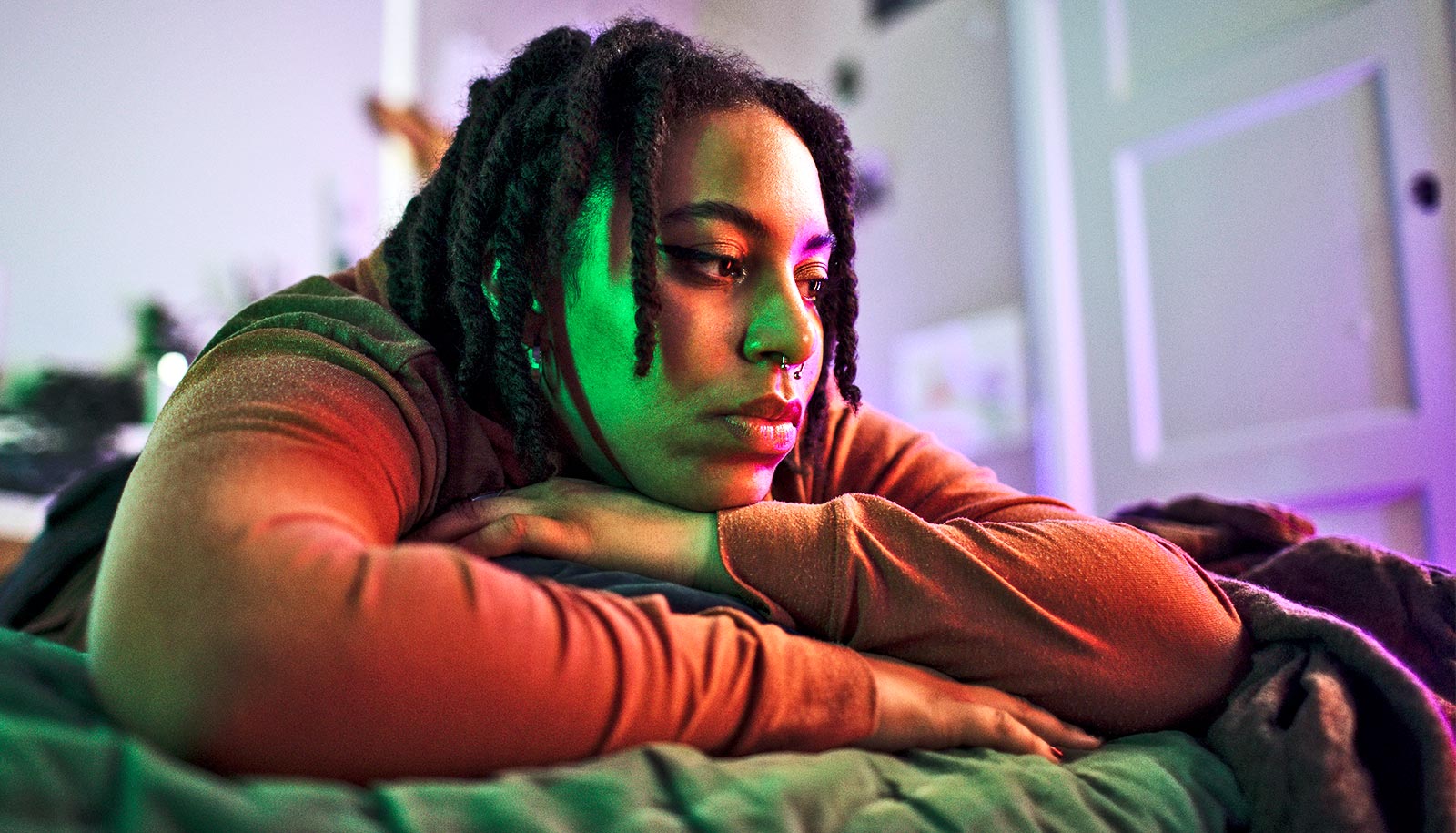Increased demand at college counseling centers doesn’t necessarily mean students are less well than in the past. Instead, the increase may be due to national prevention and awareness efforts over the past decade.
“The results we are seeing are the outcomes we would expect to see from suicide prevention efforts over the last decade,” says Ben Locke, executive director of the Center for Collegiate Mental Health at Penn State. “We’ve been asked if students are sicker today, and this doesn’t seem to be supported by the data.
“Over the last six years, the rate at which students report prior mental health treatment has not increased, but with communities being primed to say ‘that’s a problem, let’s find you help,’ more students are being referred.”
In response to growing demand, university counseling centers also have experienced operational changes over the last six years. They are providing 28 percent more “rapid-access” service hours per client and 7.6 percent fewer “routine” service hours per client. With more resources going into “rapid-access” services—first-time and emergency appointments—counseling centers’ routine treatment capacities are likely being affected, especially when funding is flat.
PTSD symptoms shift when freshmen start college
“Counseling centers always make sure to provide emergency services in a short time period—that’s our priority,” says Locke, who also directs Penn State’s Center for Counseling and Psychological Services. Moving forward, he says, counseling centers need to ensure students in need—not just those experiencing a crisis—get follow-up treatment to heal.
Locke compares the scenario to other forms of health care. “If you have strep throat, and go into a health center, they won’t tell you to come back in two weeks because they’re fully booked,” he says, “and they won’t give you a half prescription; you’ll get a full prescription for the medication you need.”
These are some of the findings in the 2016 Center for Collegiate Mental Health (CCMH) Annual Report—the largest and most comprehensive report on college students seeking mental health treatment to date. CCMH collects and describes de-identified data on college students seeking mental health treatment at more than 400 colleges and universities in the US and internationally.
Additional findings include:
- Counseling centers are evaluating and managing increasing numbers of students who may also represent “threat-to-self.”
- Trends in students’ thoughts or actions related to harming others continue to be infrequent.
- Anxiety and depression continue to be the most common presenting concerns for college students as identified by counseling center staff.
The report describes 150,483 unique college students seeking mental health treatment; 3,419 clinicians; and more than 1,034,510 appointments from the 2015-16 academic year. This is the eighth year the report has been produced.
Source: Penn State



